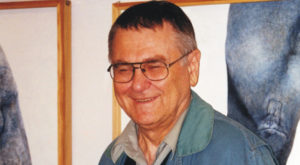
1929 - 2005
Zdzisław Beksiński
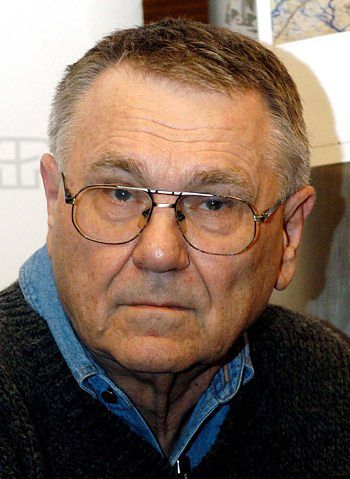
description
Zdzisław Beksiński was a Polish artist, master of art photography and computer graphics. Bekshinsky was a vivid representative of late Surrealism, who initially created sculptures and wire installations. Having concentrated on painting, the artist first worked in the style of abstraction, but then quickly turned to fantastic Surrealism. This style includes his most famous works, the subjects of which are scenes of death, decay and post-apocalyptic horror.
From the 1970s, the artist developed a specific manner of transmitting surrealistic horror paintings with a repeated addiction to the image of distorted bodies without faces or limbs, many-legged and many-armed monsters, often wrapped in rotten rags. If the artist painted architecture or interior, those were ruins shrouded in gloomy fog, houses covered with cobwebs, tourniquets and gravestones. Thus, most of Bekshinsky’s works are difficult to confuse with the work of other Surrealists. The artist never gave names to his impressive nightmares, giving the viewers an opportunity to reach the essence of the work themselves.
After the Warsaw exhibition of 1964, when all canvases of the painter were sold out, almost all the opening days of Zdzislaw were a huge success in his homeland. In the early 1980s, the works of the Polish original master became known in France, and then he became incredibly popular in Western Europe, Japan and the USA.
Bekshinsky bequeathed his paintings to the Historical Museum of the city of Sanok, where he was born. This museum now has the largest collection of works by the artist – several thousand paintings, sculptures, reliefs, drawings, graphics, and photographs.
Key ideas:
– Beksinski usually created paintings in one of his personal manners, which he named as “baroque” and “gothic”. At the same time, content dominated in the first one, while the form of execution dominated in the second one.
– At the beginning of his creative career, the artist created gypsum sculptures, wire and metal installations, and was also interested in art photography. Works in these techniques are stylistically similar to Beksinski’s future paintings. They were either uneven landscapes, or objects with a rough surface, or wrinkled faces.
– The effect of the texture was enhanced by the play of shadows from thoughtful light sources. Among the creations, there are such heavy images as mutilated dolls, portraits with bandaged faces or no faces at all. These features are also inherent in the paintings by Beksinski.
– Having concentrated his creative efforts on his paintings, the master initially turned to abstract art, but soon became more and more interested in Surrealism. By the mid-1970s, Beksinski defined his art as fantastic – it remained like that for about two decades. During this period, he created his most impressive and famous paintings of post-apocalyptic and surreal scenes of decay and death, landscapes with skeletons, distorted bodies and ominous deserts.
– The artist created all his paintings, which are mostly large-scale in size, with special, almost manic attention to small details, carefully reflecting rough uneven surfaces. Despite the gloomy theme and style, the artist believed that the critics and the public misunderstood his creations and that they were quite funny and even optimistic.
– The artist’s paintings of the 1990s are less rich in details, but also convincing and strong, like the creations of the “fantastic period”. Beksinski discovered a computer with the possibilities of the Internet and digital photography, on which he concentrated. In the last 5 years of his life, he mostly painted in the “gothic” manner.
1929
1947
1955
1959
1960
1964
1972
1977
1989
1992
1995
1998
2001
2005
The birth of the artist
Started to study architecture at the Krakow Polytechnic Institute

Returned to Sanok
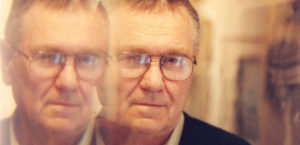
He worked as a stylist
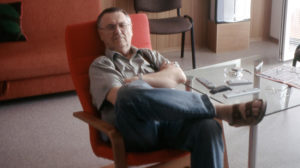
Beksinski’s paintings were exhibited at the AICA
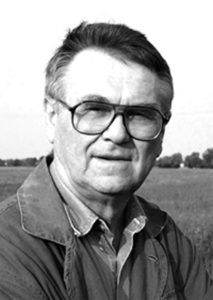
The Warsaw exhibition of the artist
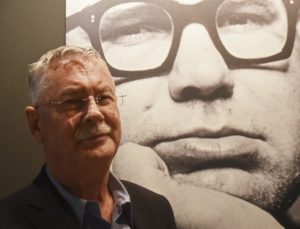
The artist surprised the audience with a complete break with his previous style
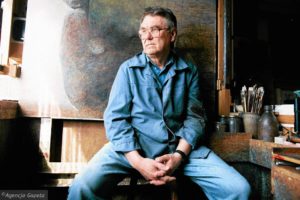
“Too personal”
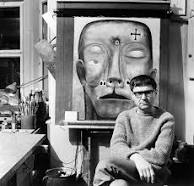
"Gallery Dmohovski - musical gallery Beksynski"
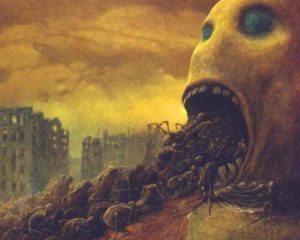
In Osaka, a permanent exhibition of Beksinski was organized at a private art museum
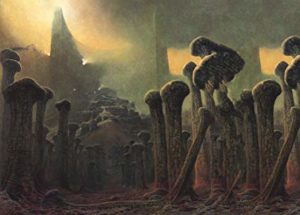
The last Paris exhibition of the artist was held
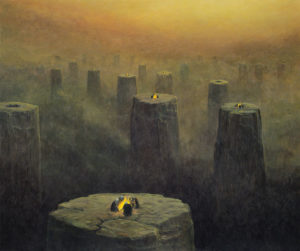
His wife, Sofia, died
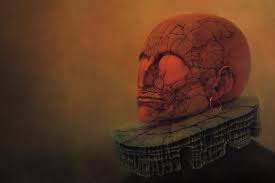
The artist made a will
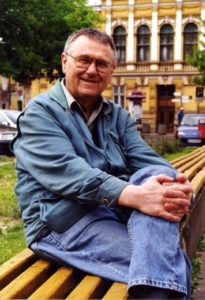
The death of the artist

